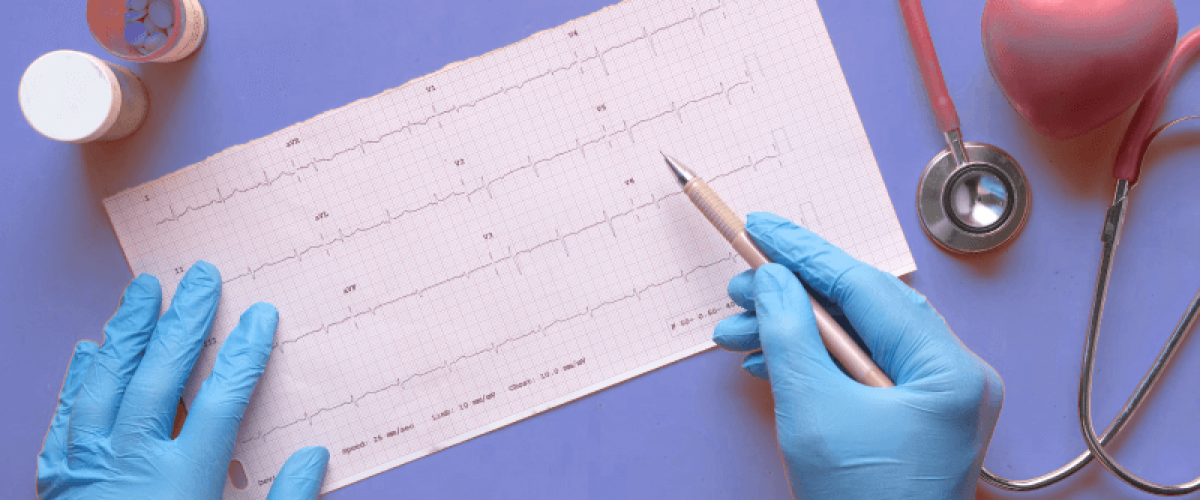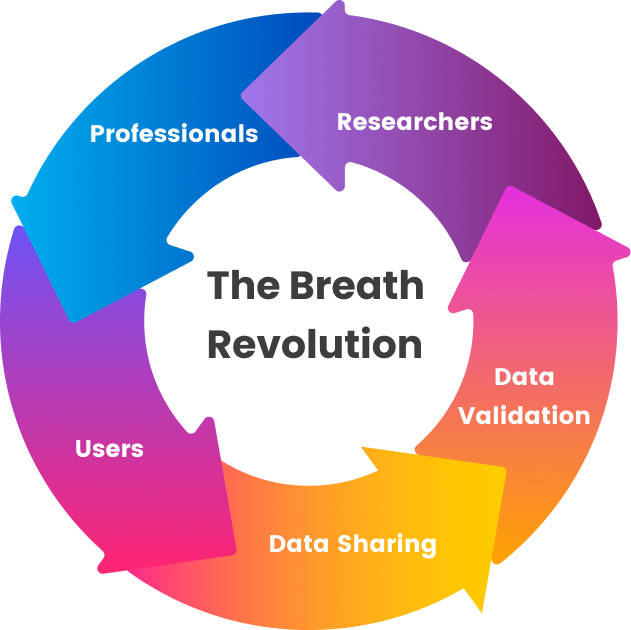Interest in respiration is ubiquitous to all cultures and all times. Often we fail to understand that breathing is the first and last thing we do in our lives, but we rarely pay attention to it. Monks, athletes and yogis have always recognised the innate importance of breath, the elixir of life. Its myriad of benefits has been acknowledged by the health community as well, but it is still the most underutilized vital sign
Moreover, the importance of respiratory rate has elevated in the post-pandemic world with breath experts advocating the physiological and psychological benefits of breathing. But, despite this, medical practitioners seldom ask us how we are breathing when we visit them.
Some scientific and medical researchers are also of the opinion that respiratory rate monitoring can help detect serious health problems. Pulmonologist John F. Fiselmann, in 1993, pointed out that respiratory rate higher than 27 breaths per minute(BPM) served as an important indicator of cardiac arrest.
Despite these claims, why is so little attention paid to respiratory rate?
Importance of Respiratory Rate in our Daily Life
Respiratory rate is the sum of the number of breaths we take per minute. It acts as our body’s built-in alarm system, which constantly sends alerts before we experience serious physiological or psychological events.
It is an important vital sign that can potentially indicate a more serious condition, such as cardiac arrest or breathing related conditions like asthma or any bronchial ailments. If your respiratory rate is below average, it could indicate central nervous system dysfunction or if it is above average, it could indicate another underlying condition which we are unaware of existing.

For example, we start breathing rapidly before a panic or heart attack. Even when we are stressed in daily life, our breathing pattern changes. However most people pay little or no attention to this change. We need to take measures to tackle the situation by using our breath to control our physical, emotional, and mental states and as an indicator of health. Why do you think we are asked to take deep breaths in panic, stressful situations of life? The answer is simple – breathing and our life force are intertwined.
From healthcare to sports professionals, everyone is aware that it is an important biological sign that indicates clinical deterioration, and supports diagnosis of several health problems.
Breathing acts as an alarm for emotional stress, brain and body balance, cold and high body temperature or overheating. Also, during exercise or any physical exertion, our breathing rate acts as the bio-marker of physical exertion and fatigue.
Breathing is one of the most foundational elements of our existence, which is generally ignored. Today technology provides us with wearable devices that monitor our heart rate, sleep rate, calorie burnt and even stress levels, but almost no one is really talking about regularly monitoring respiratory rate, owing to a gap in realizing its importance in daily life.

Researchers’ Stance on Monitoring Respiratory Rate
According to research published in the National Library of Medicine(see research links below), respiratory rate is one of the vital signs used in detecting cardiovascular events, pneumonia, emotional stress, physical fitness, internal temperature and overall health status. The research further pointed out that the influence of breath monitoring on such conditions are comparatively more than the other vital signs like heart rate, pulse rate and body temperature.
Birmingham City Hospital also pointed out that breathing rate acts as an early indicator of the onset of many physical health conditions. Thus, it proves beneficial to record it alongside other vitals of our body.
The National Institute for Health and Care Excellence(see below) has also mandated measuring and recording breathing rate as part of routine monitoring of patients suffering from acute illness in hospitals. But, is that happening around the world? Have we been asked this question by anyone “How are you breathing today?”
A healthcare article quoting Dr. Frederic Michard, MD, PhD and a leading expert on post-operative monitoring and safety, mentioned that several studies advocate monitoring of breathing rate as it is the optimum predictor of clinical deterioration in hospital wards as our breathing rate increases during conditions like sepsis, acidosis, shock, pneumonia and several other illnesses.
Moreover, Dr Michard believes that to fully have a robust respiratory monitoring system in hospital wards, the devices should be wearables and wireless, be affordable and accurate, and be designed to streamline data flow.

Detecting Health Problems through Respiratory Rate
According to statistics and data by Sudden Cardiac Arrest Foundation, cardiac arrests are a public health crisis in America with 356,000 people suffering a heart attack, of which nearly 9% is fatal.
Moreover, 4.7 % of Americans suffer from panic disorders, and UNICEF points out that a child dies of pneumonia every 43 seconds.
The mortality rate from different ailments is many owing to complex factors in the physical, social and psychological environments. With clinical tests in play to fight the effects of such events, monitoring our respiratory rate becomes one of the most important things one should resort to.
According to a paper published in the Medical Journal of Australia, researchers have relied upon abnormal breathing to indicate serious health problems. Evidence has suggested that if the number of breaths is above 20 breaths per minute then is considered alarming while if it crosses 24 breaths per minute then the threat of being critically ill looms over.
The paper also points out that although respiratory rate is one of the four key vital health signs, it is seldom monitored and frequently ignored when it is of most importance. In case of pneumonia, the breathing rate acts as an independent risk indicator as the virus is more active within the body, and aids in building-up of fluid in and around the lungs leading to an increase in breathing rate.
Apart from all the life-saving benefits, regular monitoring allows us to have an overall picture of our health and fitness. The number of breaths taken indicate how many times the brain orders our body to breathe.
Why You Need to Track Your Respiratory Rate
Tracking your breathing rate regularly can act as a precautionary indicator to highlight sudden or underlying medical conditions. The easiest way to do so is by knowing the average breaths per minute. How do you do that?
Here, one has to understand that the average respiratory rate varies according to age. For adults, the average rate is around 12-20 breaths per minute while for an infant it is between 30-60 breaths.

According to research published in the National Library of Medicine (link below), monitoring respiratory rate can help detect adverse cardiac events, apnea, pneumonia, dyspnea, pain, emotional stress, cognitive load, environment-induced stress, physical exertion, respiratory artifacts and respiratory biofeedback.
So, it seems that tracking your breathing regularly might be the exact thing needed to stop sudden and life-changing health events. It is the need of the hour, especially with the rising rate of health ailments, across the world. If the pandemic has taught us anything it is that breathing is important.
Emerging Trends in Respiratory Rate Measurement
The dependence on technology for various tasks has greatly influenced its penetration into each sector. From healthcare and fitness, to sports and defense, we are surrounded with devices that measure our daily activities.
The major reason behind this paradigm shift is due to automation and precision. Devices can automatically monitor, record and process data. The respiratory sector does not fall short in terms of monitoring devices.
Clinics use the spirometer or the pulse oximeter to measure respiratory rate while more affordable and available monitoring devices include health trackers and smart watches and even mobile phones, with or without specific apps.
Researchers have called for more flexible and affordable devices for both clinical and non-clinical situations. A study titled ‘The Importance of Respiratory Rate Monitoring: From Healthcare to Sport and Exercise’ by Andrea Nicolo and colleagues suggest that advanced sensors should be used in detecting apnea and that respiratory rate monitoring in the area of sports and exercises need to be developed.
Moreover, another shortcoming of the available monitoring resources is that they can typically monitor our respiratory rate while we rest and not in motion.
New Technologies for Respiratory Rate Monitoring
Respiratory rate can be actively monitored by capnographic, acoustic, thoracic impedance, etc. Presently, several technologies already exist for the task but with shortcomings. However, there has been an increased demand for such devices in the area of breathing and its benefits are not just associated with yogis, monks, sports personalities and healthcare specialists, it is for EVERYONE.
With more and more people relying on breathing practices for a sound physical and mental health, the importance of respiratory rate is increasing everyday. The growing number of yoga studios, health centers, pranic healing trainers, and special retreats for spiritual health are prime examples of that.

Moreover, companies are investing into the creation of devices that can monitor our breathing rate more accurately. Breath Technologies has its own proprietary devices called the ‘Pneumö’ which uses state-in-the-art technology and advanced sensors to continuously monitor respiratory rate and other biomarkers on the go.
People also ask these questions about respiratory rate…Learn more below or if you have any questions, send us a note at support@breathtechnologies.com.
People Often Ask
Why is respiratory rate the neglected vital sign?
Most people do not really understand the importance of respiratory rate as a vital sign so they do not know to pay attention to it. Many studies have highlighted that respiratory rate measurement is frequently neglected in clinical practice, despite this being an early warning signal for serious health problems such as cardiac arrest and pneumonia.
Why is it important to get a resting respiratory rate as a vital sign?
Getting a resting respiratory rate as a vital sign is important as it helps to control and diagnose biological variables. While we are in activity there are a lot of unstable chemical reactions happening within that acts a hindrance to get an accurate measurement. However, during rest, the chemical reactions within our body are stable so breathing is also stable. Hence, it is important to take a resting respiratory rate to understand our overall health.
Why is respiration rate: the most important observation?
Respiratory rate helps detect serious health problems. It is one of the four vital signs. It has a direct influence on our nervous system which controls our mental and emotional well being. During any physical or emotional event, the first noticeable change is our respiratory rate.
How to check respiratory rate in an oximeter measure?
Respiratory Rate can be indirectly measured using an oximeter. Respiratory rate can be measured indirectly through the photoplethysmography in pulse oximeters. Photoplethysmography measures blood volume levels through optical technique.
What devices can measure respiratory rate electronically?
Respiratory rate can be measured electronically with numerous technological devices including Inductance plethysmography, capnography, piezoelectric or bioimpedance-based sensors. The most widely used devices are smartwatches and health trackers to try to capture real world activities. However, newer technologies are also measuring your respiratory rate through audio and physical biosensors.
Relationship between respiratory rate and oxygen saturation?
Respiratory rate measurements correlate poorly with oxygen saturation measurements and do not screen reliably for desaturation. Patients with low oxygen blood saturation levels do not usually exhibit increased respiratory rate. Similarly, an increased respiratory rate is unlikely to reflect oxygen desaturation levels.
How to measure respiratory rate?
Respiratory rate can be measured in various ways that include manual counting and assisted counting with the help of stopwatch. It can also be measured by focussing on different parts of the body like the thorax, nose, mouth, exhaled breath and respiratory sounds. The number of breaths are then counted to determine your normal respiration rate (RPM).
Is respiratory rate a vital sign?
Yes, respiratory rate is a vital sign. It is sensitive to different psychological and physiological changes as well as stressors such as emotional stress, cognitive load, heat, cold, physical exertion, and exercise-induced fatigue.
What is the average respiration rate for adults and children?
According to Healthline, the average respiration rate for adults is between 12-20 breaths per minute. Respiration rate is different for infants and it changes as an individual grows up. The normal respiratory rate in newborns is between 40-60 breaths per minute.
What respiratory rate is dangerous?
According to researchers, a respiratory rate above 27 breaths per minute is considered dangerous as it can indicate a cardiac arrest. Respiratory rate lower than 12 breaths per minute can also be a point of concern because slow breathing is associated with a lack of oxygen in your body.
To learn more about your health and respiration, read more of our blogs, FAQs, or posted research on Resource page.









